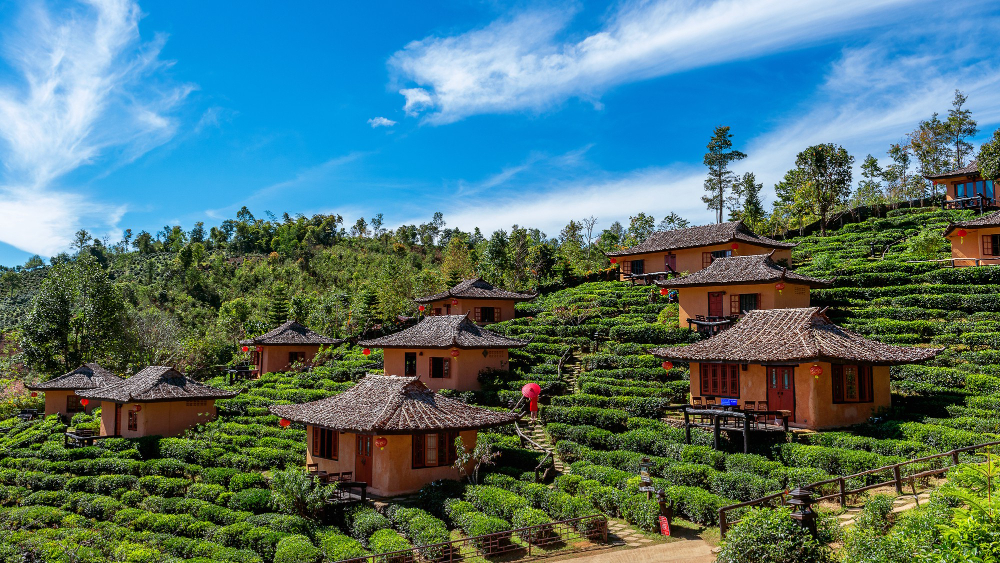
Description
Majuli, located in the northeastern state of Assam, India, is the world's longest river island. This incredible island is nestled in the Brahmaputra River and is best known for its genuine natural beauty & abundant cultural heritage. Majuli is a haven for biodiversity, with lush green landscapes, wetlands, and numerous species of birds and wildlife. It's a prominent destination for eco-tourism & birdwatching enthusiasts.
The island's most significant aspect is its cultural heritage. Majuli is the pivot of Assamese Vaishnavite culture, with numerous ancient Satras (monasteries) that preserve traditional dance, music, & art forms. The annual Raas Mahotsav is a major cultural festival celebrated with great pomp & splendor.
However, Majuli faces the threat of erosion due to the mighty Brahmaputra River, which has led to a decrease in its landmass over the years. Efforts are being made to protect and preserve this unique island, making it a must-visit destination for both nature admirers and those interested in Assam's vibrant cultural traditions.
Dholavira, Gujarat
Gujarat
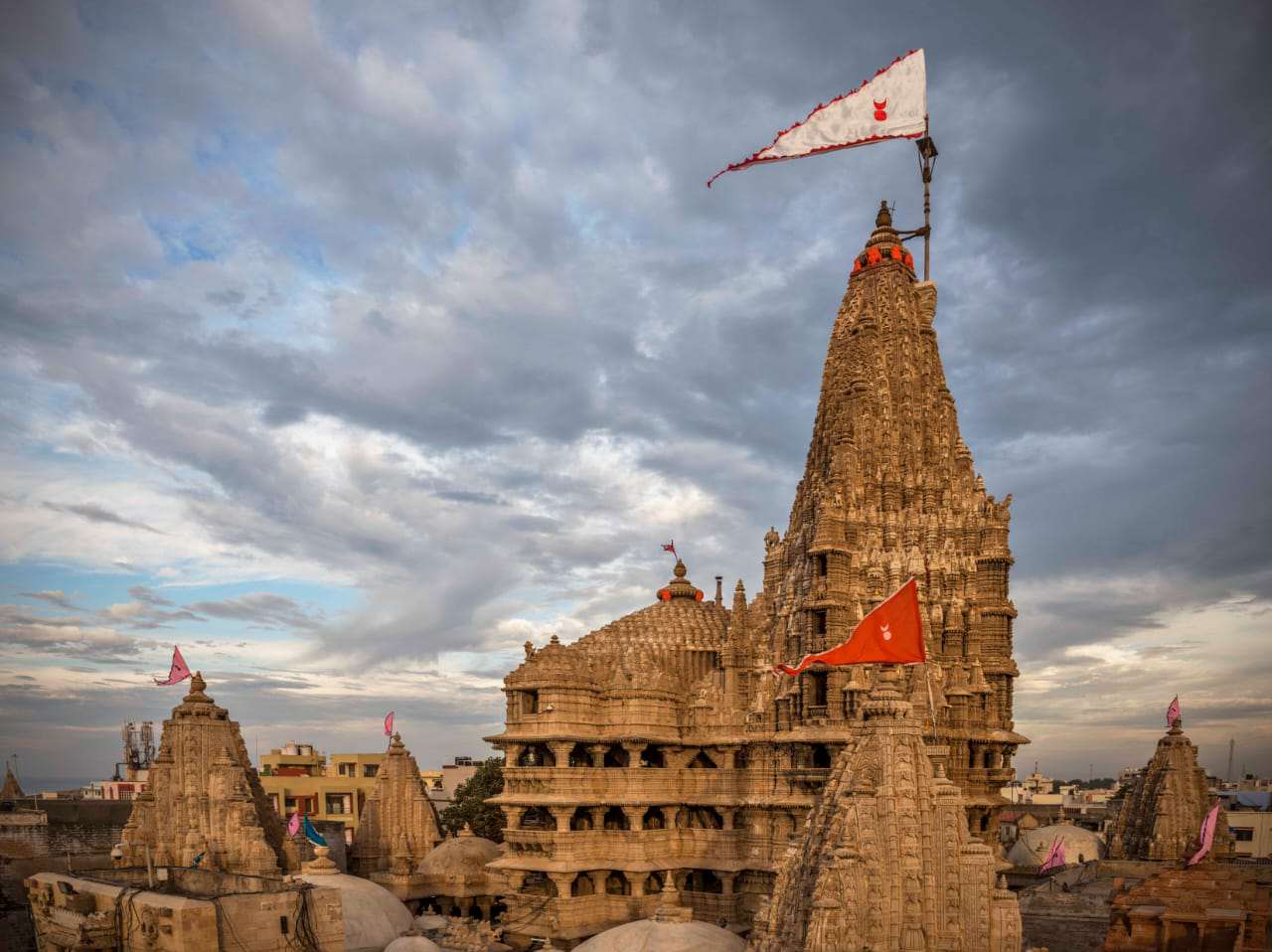
Description
Dholavira is an ancient archaeological site situated in Gujarat, India. It is the most significant and well-preserved remnant of the great Indus Valley Civilization, dating back to around 2500-1500 BCE. This site is well-liked for its advanced urban planning, remarkable architecture, and extensive water management systems.
The city of Dholavira is divided into three parts: the citadel, the middle town, & the lower town. The citadel, surrounded by massive stone walls, features a complex of well-organized buildings, including a central reservoir, stepwells, and a grand marketplace. The advanced drainage and water storage systems indicate the inhabitants' ingenuity and knowledge of hydraulics.
Dholavira provides valuable insights into the lifestyle, technology, and social organization of the people of the Indus Valley. It was declared a UNESCO World Heritage Site in 2021, highlighting its historical and archaeological significance, and making it a must-visit destination for history enthusiasts and archaeologists alike.
Gandikota, Andhra Pradesh
Andhra Pradesh
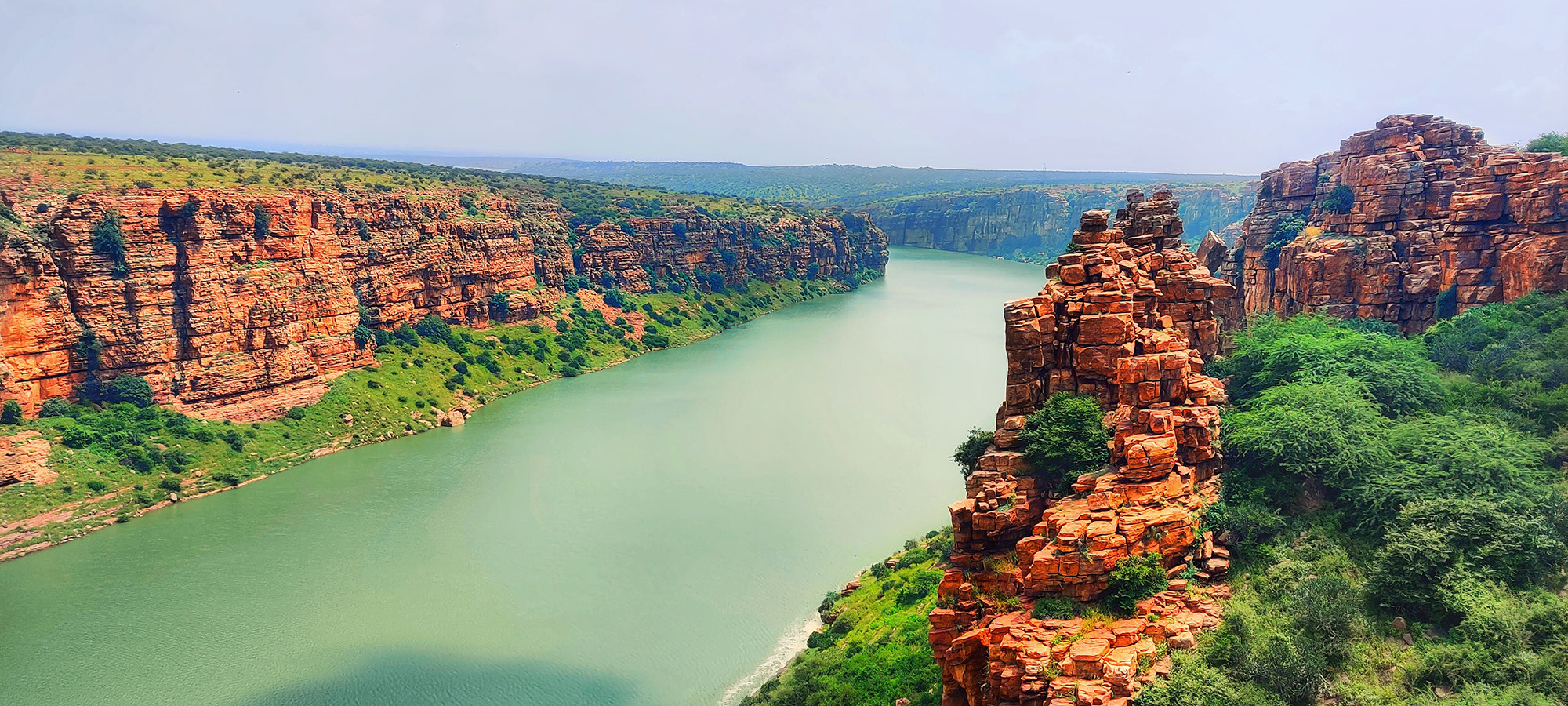
Description
Gandikota, often recognized as the “Grand Canyon of India”, is a mesmerizing destination in Andhra Pradesh. Located on the banks of the Pennar River, this hidden gem offers a fantastic landscape of deep canyons, towering red sandstone cliffs, and a unique mixture of natural beauty and historical significance.
The centuries-old Gandikota Fort, perched on the edge of the canyon, is a testament to the region's extensive history & architectural heritage. Tourists can explore the intricate stone sculptures, ancient temples, and impressive fortifications, which make for a captivating journey through time.
The splendid views of the gorge, especially during sunrise & sunset, are a photographer's delight. Trekkers and adventure enthusiasts can also indulge in thrilling activities like rock climbing and rappelling, adding to the allure of this place. Gandikota is a must-visit spot for those searching for a serene escape into nature & history, away from the buzzing city life.
Gurez Valley, Jammu and Kashmir
Jammu and Kashmir
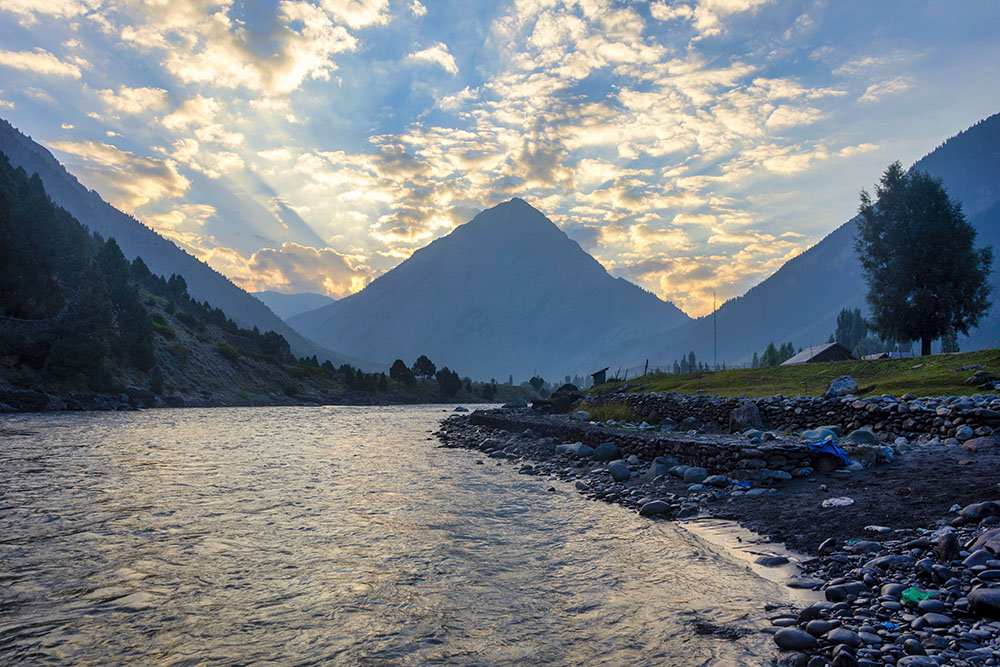
Description
Gurez Valley is a pristine and remote region situated in the northernmost part of Jammu & Kashmir, India. Nestled in the Himalayan mountains, this incredible valley is well-known for its splendid natural beauty and unique cultural heritage. It is situated at an altitude of approximately 8,000 feet and is accessible through a challenging mountain road that remains open only during the summer months.
With its emerald meadows, shimmering rivers, and magnificent peaks, the Gurez Valley is a haven for adventure seekers and nature admirers. Encircled by snow-capped mountains, it boasts a varied range of flora & fauna, making it an idyllic spot for those who enjoy trekking and exploring the natural world. The valley is inhabited by a warm and welcoming community, primarily consisting of Dard ethnic groups, who have their distinct language and culture.
Gurez is also well-liked for its annual festivals, which showcase traditional music, dance, and handicrafts. However, due to its remote location, Gurez Valley remains relatively untouched by modernity, adding to its charm as a hidden gem in the soul of the Himalayas.
Bhedaghat, Madhya Pradesh
Madhya Pradesh
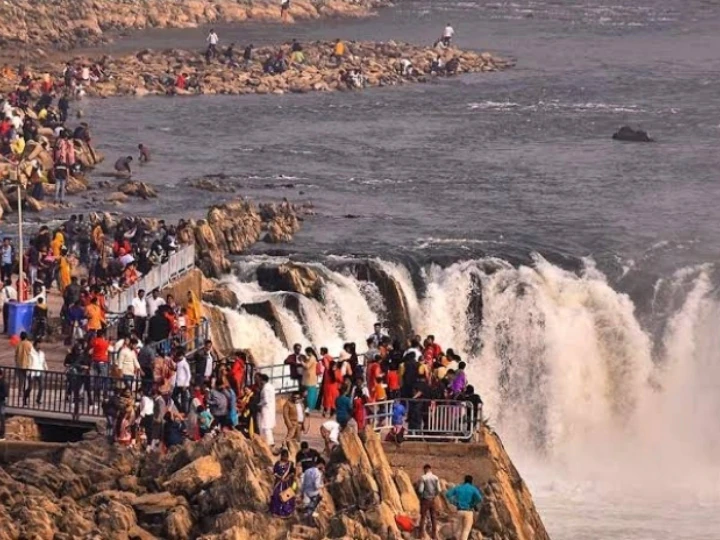
Description
Bhedaghat is an incredible town situated in India’s central state Madhya Pradesh(M.P.). It is well-famed for its gorgeous natural beauty, particularly the marble rocks that line the Narmada River. Tourists can explore this natural wonder by taking a boat ride on the Narmada River, which offers splendid views of the marble cliffs, intricate carvings, and cascading waterfalls.
The marble rocks of Bhedaghat rise to impressive heights and are liked for their unique, narrow gorge known as the Dhuandhar Falls, where the Narmada River plunges dramatically, creating a misty spray resembling smoke, hence the name “Dhuandhar”, meaning “smoke cascade”.
Additionally, the town is home to the Chausath Yogini Temple, an ancient shrine dedicated to the 64 Yoginis, and the Gwarighat, a serene place for religious ceremonies & sunset views. Bhedaghat is a prominent attraction in Madhya Pradesh(M.P.) since it is a sanctuary for those who love the outdoors and history.





